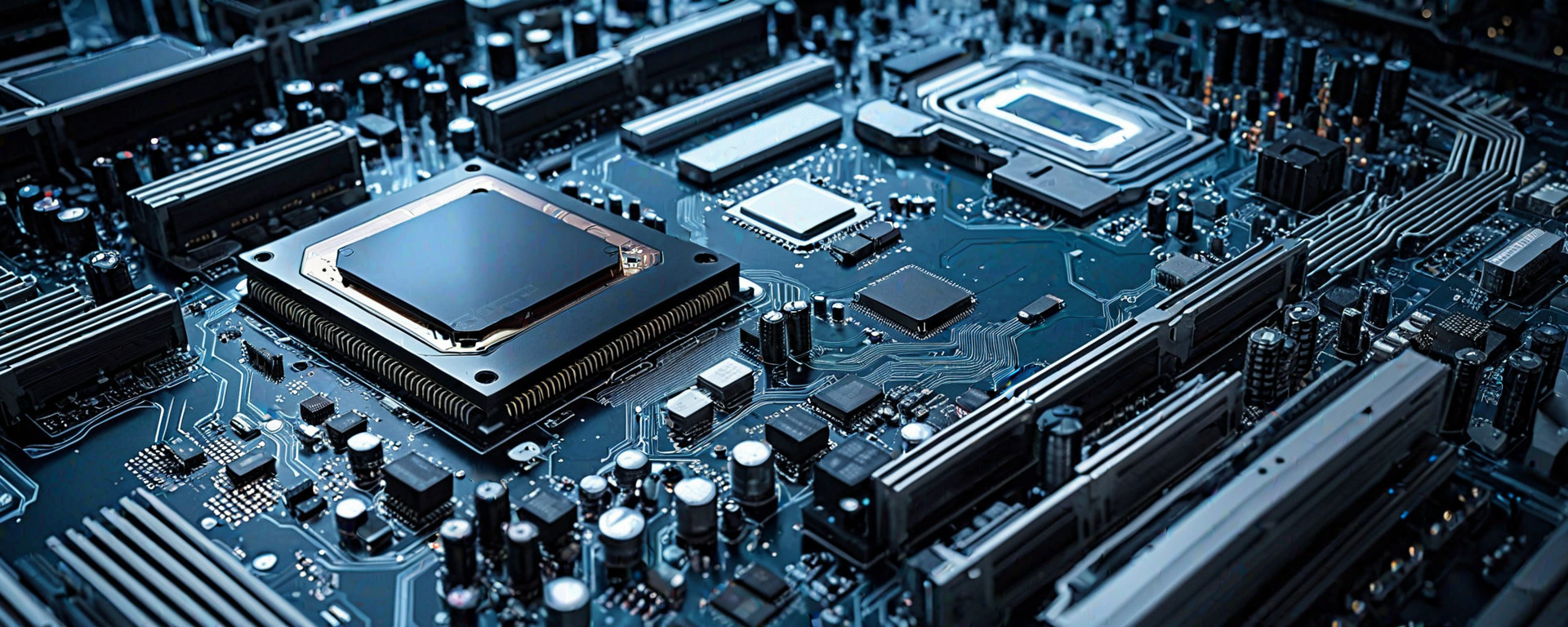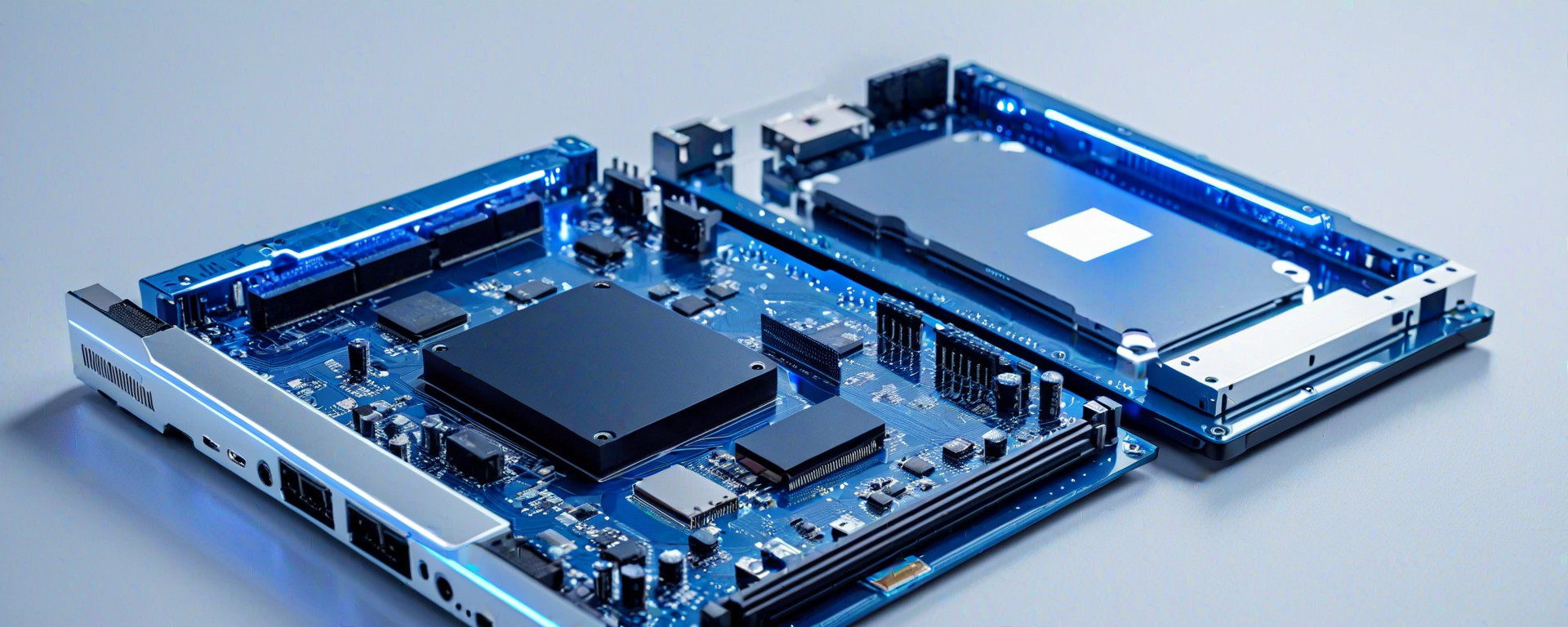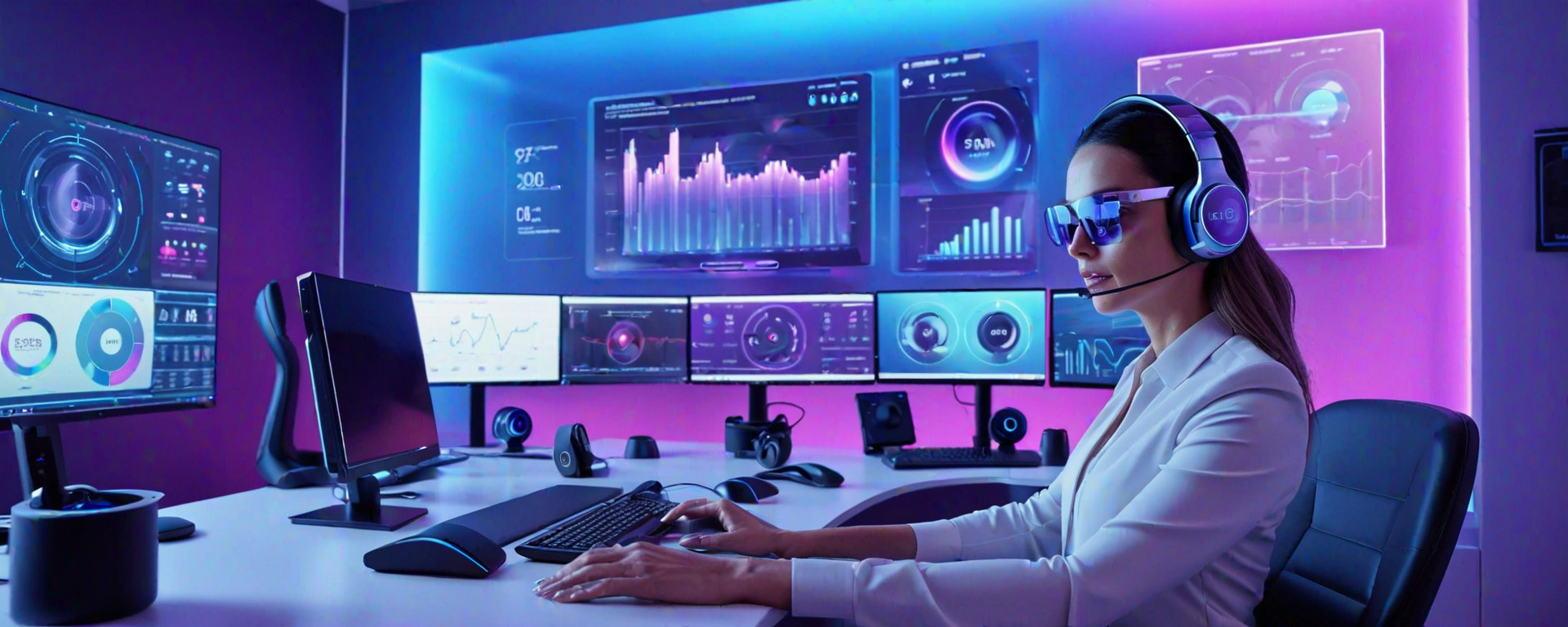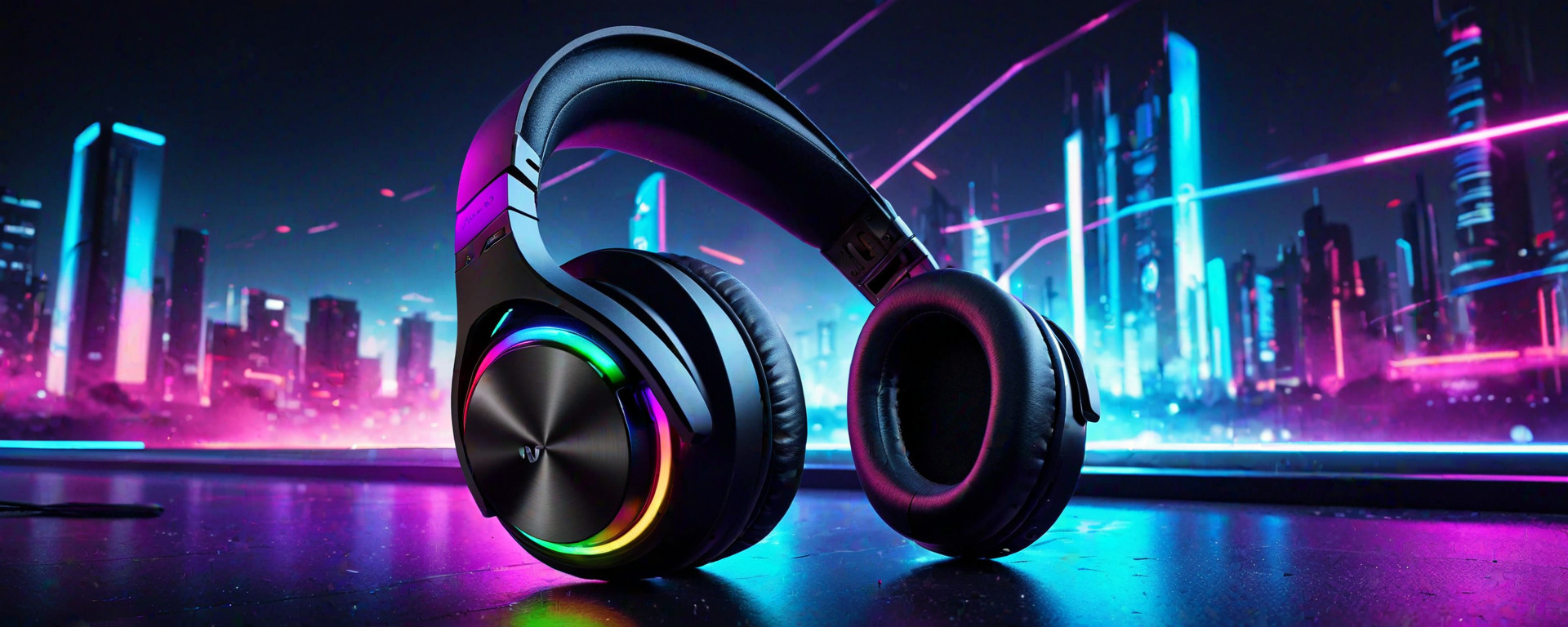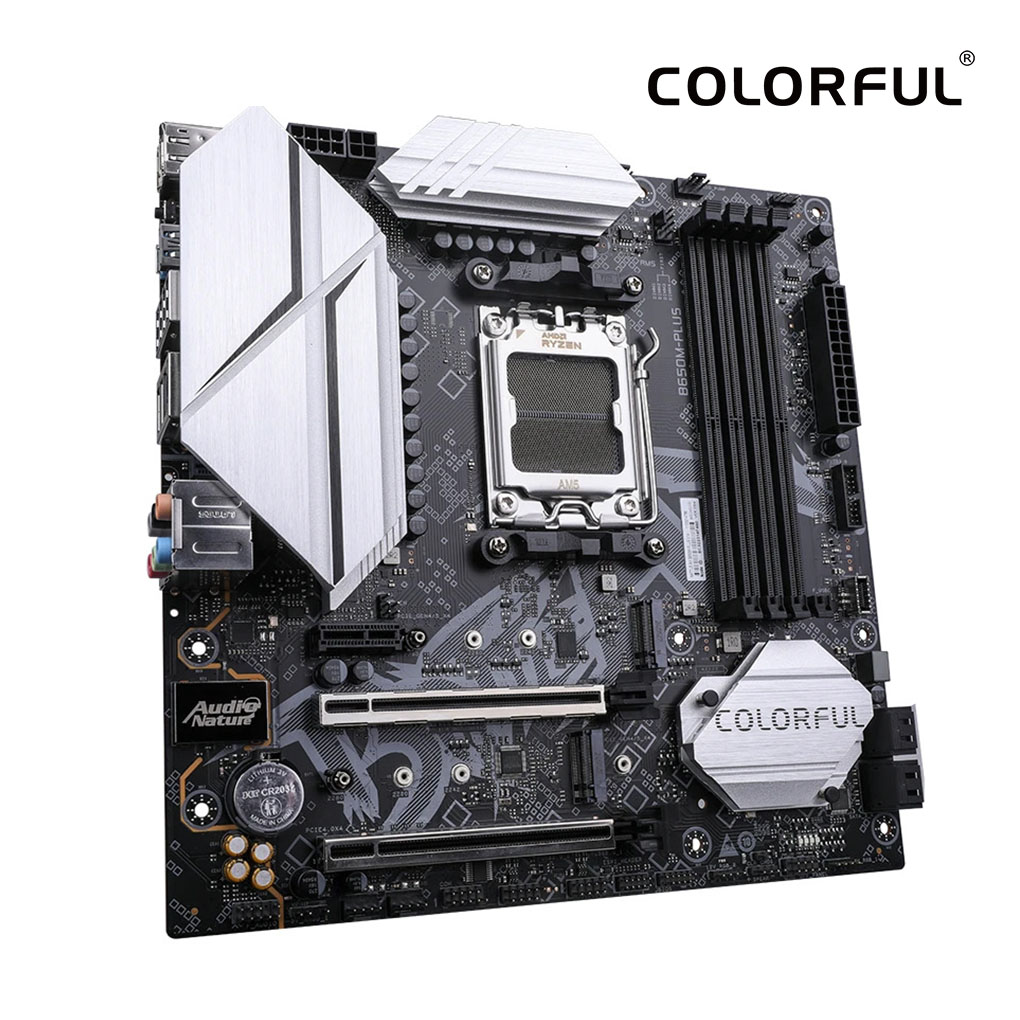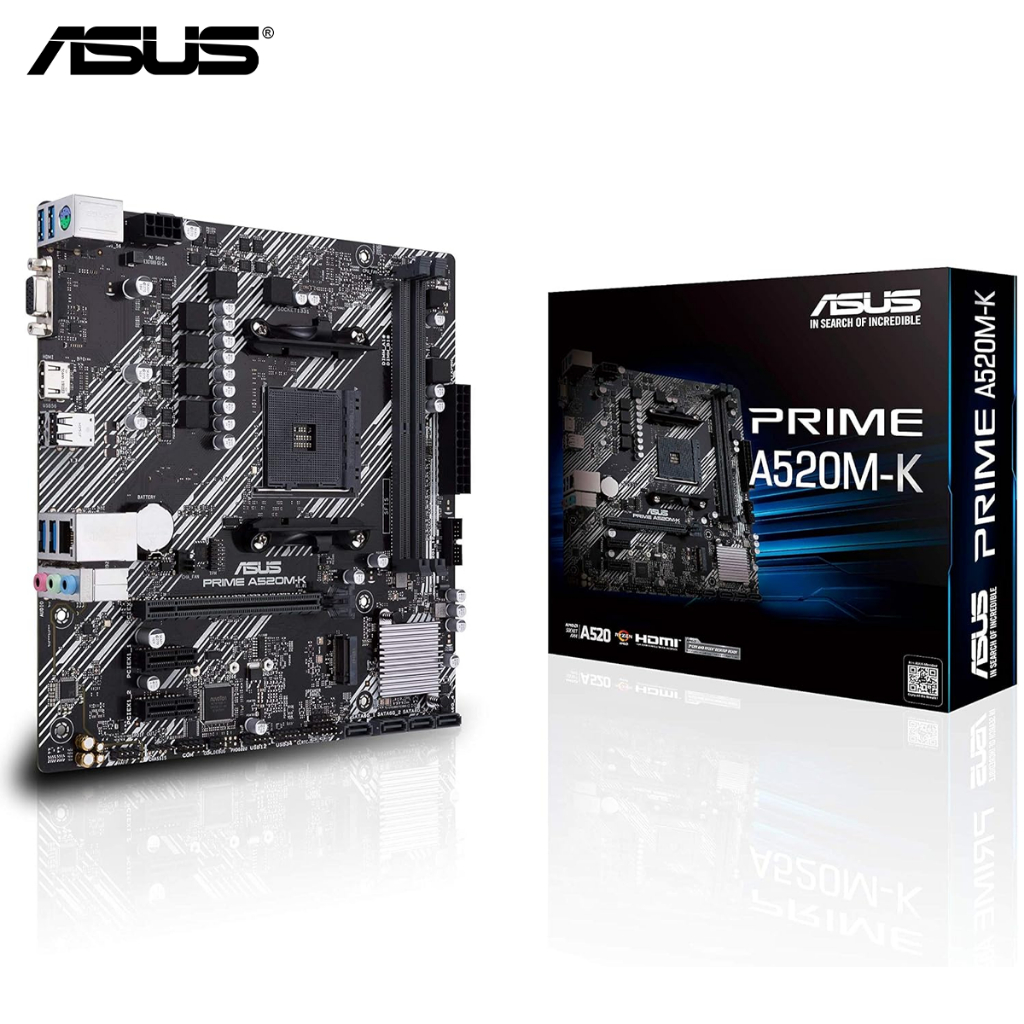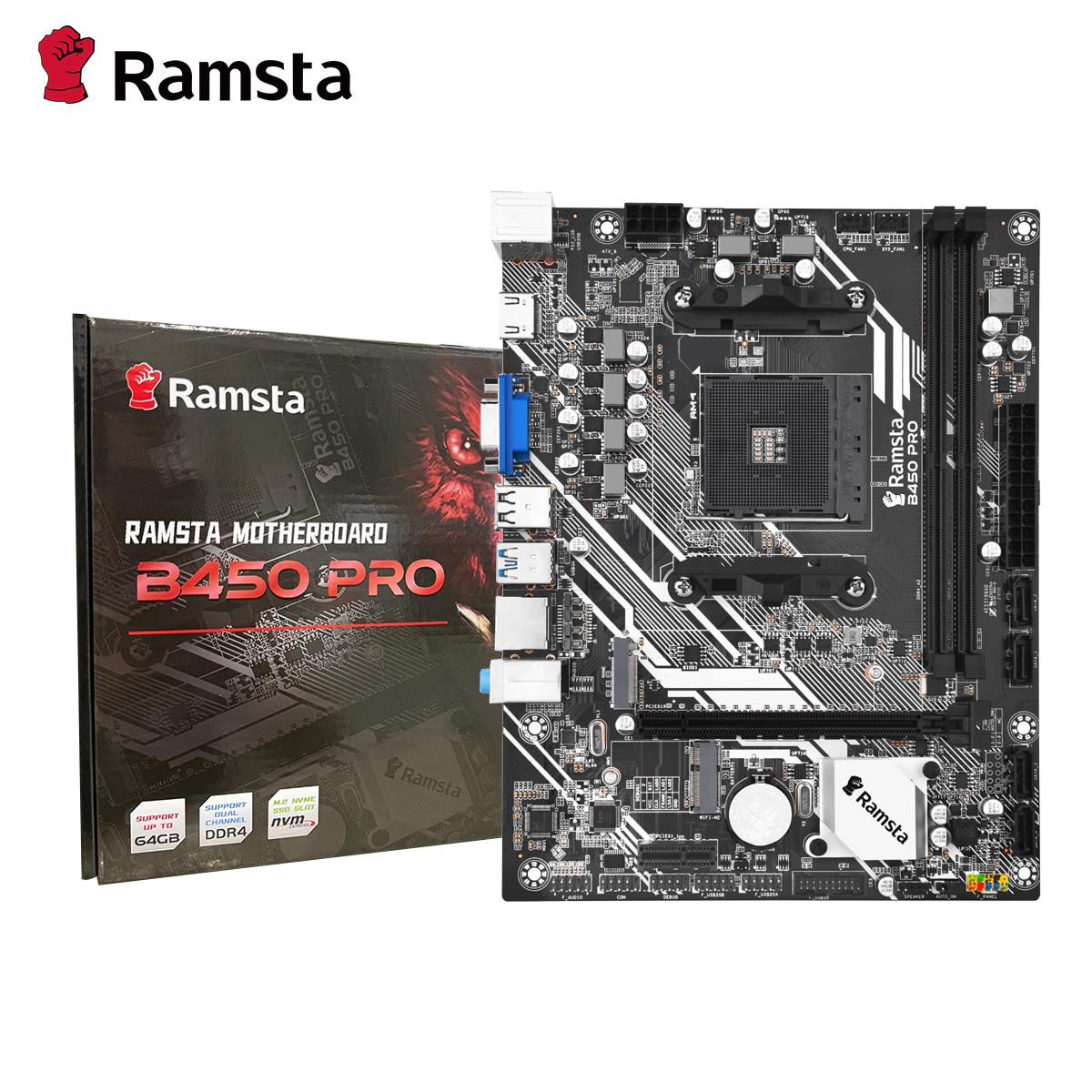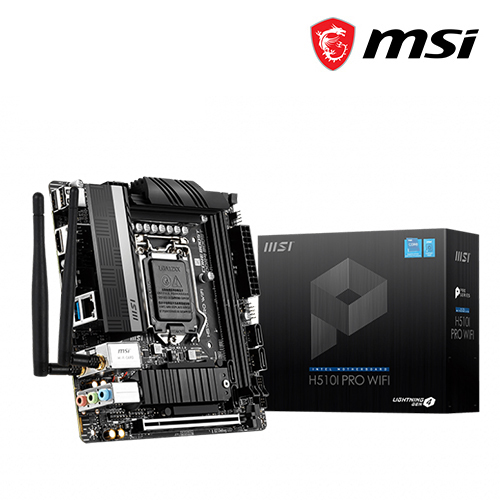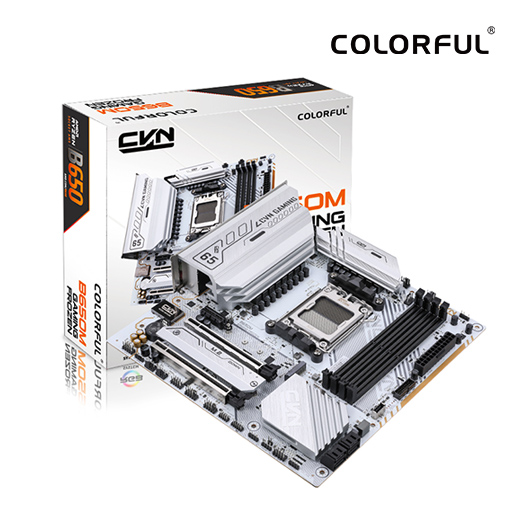Introduction
A motherboard serves as the backbone of a computer system, connecting all the essential components like CPU, RAM, storage devices, and GPUs to facilitate communication between them. Its role in ensuring the stability and performance of your PC cannot be overstated. However, with so many critical functions packed into one piece of hardware, it's not uncommon for issues to arise that can affect overall system functionality.
Properly diagnosing and fixing motherboard problems is crucial for maintaining optimal performance and preventing costly replacements or repairs. This article provides a comprehensive guide on how to identify common symptoms of motherboard-related issues, use diagnostic tools effectively, pinpoint the root cause, and take preventive measures to ensure longevity and reliability.
Common Symptoms of Motherboard Problems
Motherboard problems can manifest in various ways, often making it difficult to determine if the issue is indeed with the motherboard or another component. Here are some common symptoms that typically indicate potential issues:
- Frequent Crashes and Blue Screen Errors: If your system frequently crashes or displays blue screen errors indicating hardware failures (like "KERNEL_DATA_INPAGE_ERROR"), it could be a sign of a failing motherboard.
- POST Errors and Beeping Codes: During the Power-On Self-Test (POST) process, if you hear beeps that don't match your system's manual or BIOS settings indicate hardware failures, these are clear signs of potential motherboard issues.
- Hardware Failure Indicators: Physical damage like bulging capacitors, burnt components, or excessive dust buildup can point to significant wear and tear on the motherboard.
Real-World Examples and Case Studies
Consider a scenario where a user experiences repeated system crashes while gaming. After checking for common issues like overheating GPUs or insufficient RAM, they notice unusual POST errors. Further investigation reveals burnt capacitors on the motherboard, confirming a hardware failure.
Diagnostic Tools and Techniques
To effectively diagnose potential motherboard problems, several tools and techniques can be employed:
- Multimeter for Voltage Checks: Use a multimeter to verify that power connectors are functioning correctly. Check the voltage levels at various points on the motherboard.
- BIOS Setup Utility
The BIOS (Basic Input/Output System) is crucial in diagnosing hardware issues as it performs initial checks and can provide detailed reports or beeping codes upon startup. Accessing the BIOS setup utility allows for adjustments to settings like memory timings, voltage levels, and CPU configurations.
Diagnostic Software
Utilize diagnostic software such as MemTest86 for RAM testing, Prime95 for stress-testing CPUs, and FurMark for GPU stress tests. These tools help in identifying faulty components that might indirectly affect the motherboard's performance or integrity.
Pinning Down the Root Cause
To accurately identify whether an issue is with the motherboard itself or another component, follow these steps:
- Isolate Components for Testing: Remove all non-essential components and test individual parts to see if the problem persists.
- Check Compatibility: Ensure that all installed hardware is compatible with your motherboard's specifications, such as RAM type and speed, CPU socket compatibility, and power requirements.
- Update BIOS Firmware: Outdated firmware can cause incompatibility issues or performance bottlenecks. Check the manufacturer’s website for updates and follow installation instructions carefully.
Real-World Usage Scenarios
A user reports their system freezing during video editing tasks. After isolating components, they discover that a newly installed high-speed SSD was not compatible with the motherboard's SATA controller version. Updating BIOS firmware resolves the issue by enabling support for newer standards.
Preventive Measures and Maintenance
Maintaining your motherboard through regular cleaning, timely updates, and proper cooling can significantly extend its lifespan:
- Cleaning Dust and Debris: Use compressed air to remove dust buildup around components and ensure adequate airflow.
- Monitoring Temperatures: Regularly check CPU and GPU temperatures using software like Core Temp or MSI Afterburner to prevent overheating.
- Proper Cooling Solutions: Invest in quality coolers that provide sufficient ventilation for the motherboard, especially if overclocking is involved.
Detailed Cleaning Procedures
To clean dust from your motherboard:
- Unplug all power sources and remove connected devices.
- Use compressed air to blow out dust gently without damaging components.
- Liquid cleaners should only be used on non-electronic parts like metal casings or plastic covers.
Troubleshooting Common Issues
Motherboard problems can range from minor inconveniences to major system failures. Here are some common issues and their solutions:
- Overheating Components: Improve airflow by cleaning fans, replacing thermal paste on heat sinks, or installing additional cooling systems.
- Faulty RAM Modules: Test individual modules using diagnostic software to isolate bad sticks and replace them if necessary.
- Power Supply Issues: Inspect power cables for damage and ensure connectors are securely attached. Consider replacing the PSU if it's old or shows signs of malfunction.
Detailed Troubleshooting Steps
To address overheating:
- Open the case to inspect internal components for dust accumulation.
- Remove and clean fans with compressed air, then reapply thermal paste on heat sinks.
- Install additional cooling solutions like case fans or liquid coolers if necessary.
Frequently Asked Questions (FAQ)
Q: How can I tell if my motherboard is failing?
A: Common signs include frequent crashes, POST errors, hardware failure indicators, and unusual beeping codes during startup. Regularly check BIOS settings for any error messages or warnings.
Q: What should I do if I suspect a power supply issue?
A: Inspect cables and connectors for damage, ensure proper connections, and replace the PSU if it's old or shows signs of malfunction. Consider using a higher wattage PSU to accommodate future upgrades.
Q: Can incompatible components cause motherboard issues?
A: Yes, installing non-compatible hardware can lead to conflicts or performance bottlenecks. Always verify component compatibility with your motherboard's specifications before installation.
Detailed FAQs
Q: What causes frequent system crashes?
A: Frequent crashes can be caused by overheating, faulty RAM, outdated BIOS firmware, or hardware conflicts. Use diagnostic tools to identify the specific cause and take appropriate corrective measures.
Conclusion
Maintaining your motherboard through regular cleaning, timely updates, and proper cooling is essential for optimal performance and longevity. By following these guidelines, you can effectively diagnose and resolve common issues while ensuring a reliable computing experience.
This comprehensive guide covers all aspects of diagnosing and maintaining motherboards, from initial checks to preventive maintenance strategies. Whether you're troubleshooting an existing system or setting up a new build, this information will help ensure your motherboard operates efficiently and remains durable over time.
